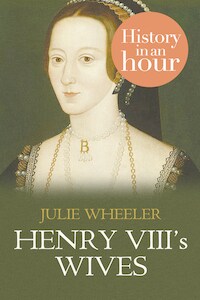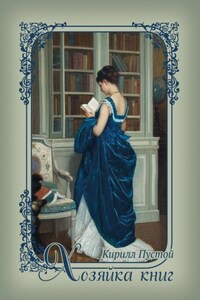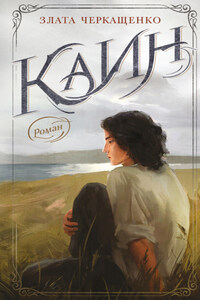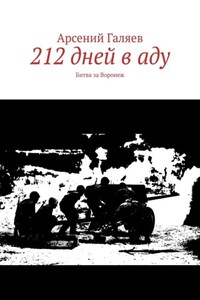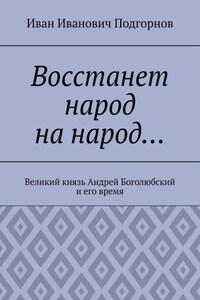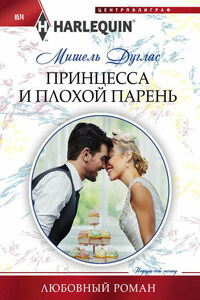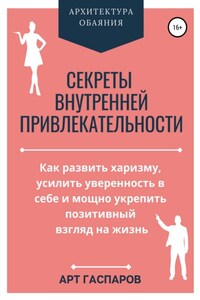About History in an Hour
History in an Hour is a series of ebooks to help the reader learn the basic facts of a given subject area. Everything you need to know is presented in a straightforward narrative and in chronological order. No embedded links to divert your attention, nor a daunting book of 600 pages with a 35-page introduction. Just straight in, to the point, sixty minutes, done. Then, having absorbed the basics, you may feel inspired to explore further.
Give yourself sixty minutes and see what you can learn . . .
To find out more visit http://historyinanhour.com or follow us on twitter: http://twitter.com/historyinanhour
Introduction
The reign of Henry VIII was one of the most revolutionary periods in English history. The king’s obsessive search for true love and intense desire for a male heir led to England’s break from the rule of Catholicism and the complete Reformation of the Church. ‘Divorced, Beheaded, Died; Divorced, Beheaded, Survived.’ This popular rhyme that many use to remember the fate of the six wives of Henry VIII shows us just that: their final destiny.
Although many rulers of the time married only for political reasons, Henry wanted an ideal we still crave today: a truly loving marriage. His quest for this improbable perfection changed him from a fun-loving prince into a belligerent tyrant, and his ever inflating ego ensured the changing passions he felt for the women in his life, and the heirs they may provide, were mixed with the type of play-acting that convinced him he was successful in the game of courtly romance.
The women whom he tried to squash to fit this perfect mould differed vastly. First came the devoutly Catholic and devoted Katherine of Aragon, then the tantalizing, volatile, Reforming Protestant Anne Boleyn. She in turn was ousted by the gentle and submissive touch of Jane Seymour. After her death, Henry made his only attempt at a wholly political alliance by choosing Anne of Cleves and he even tried to turn that into a romantic story. He went on to allow his heart free rein in the rule of his head in selecting the party-loving teenage tease, Katherine Howard, before finally settling for the intelligent and independent Katherine Parr.
This book, in an hour, will introduce you to these six entirely diverse and captivating personalities and the events that propelled them to their individual fates.
Katherine of Aragon
Born: 16 December 1485. Died: 7 January 1536. Queen: 24 June 1509–23 May 1533.
Katherine, or Catalina, to give her her Spanish name, was the youngest of five surviving children to Ferdinand of Aragon and Isabella of Castile, the so-called Catholic monarchs whose united regions made up most of modern-day Spain. Despite Ferdinand’s frequent infidelity, they enjoyed a loving marriage. The court they headed was often on the move as Isabella and Ferdinand were tireless military leaders who never flinched from taking their children on campaign. Katherine had a particularly close bond with her mother, who personally organized Katherine’s education, focusing on theology, Latin, modern languages, and traditional domestic craft. Latin was the language of the educated elite of Europe and so was of particular benefit when arranging a marriage among this group. Isabella offered no instruction in the courtly arts of poetry and music. The Dutch Humanist and renowned scholar, Desiderius Erasmus, praised her education, particularly her mastery of scholarship, despite the fact she was female! He wrote that Katherine ‘loves good literature, which she has studied with success since childhood’. On a separate occasion he wrote of her being ‘astonishingly well read, far beyond what would be surprising in a woman’.

Young Katherine of Aragon, painted around the time of her arrival in England, by Michel Sittow
Katherine was just three years old when King Ferdinand made a marriage settlement for her as a way of enhancing family prestige. He and Henry VII of England (pictured below) held much in common: they both had recent experience in uniting their countries following extended civil wars, and they both wanted to outmanoeuvre France.
A matrimonial alliance between their children would unify their power against the French, encouraging national stability and, for the English, propagate a new dynasty. Henry VII was lucky enough to have two male heirs: Arthur and Henry. Arthur, the eldest, born in September 1486, was the natural choice to be Katherine’s husband.
Henry VII, by Michel Sittow, painted in 1500. He holds the red rose of Lancaster
Ferdinand and Isabella agreed Katherine would come to the marriage with a dowry of 200,000 crowns, to be paid in two instalments. The first would be granted on her arrival in England, the second after the marriage ceremony. In return Henry agreed on a settlement of one-third of the lands of the Prince of Wales on Katherine. With half of Katherine’s dowry paid, the pair married on 14 November 1501 in St Paul’s Cathedral. She was nearly sixteen; Arthur was just fourteen.
